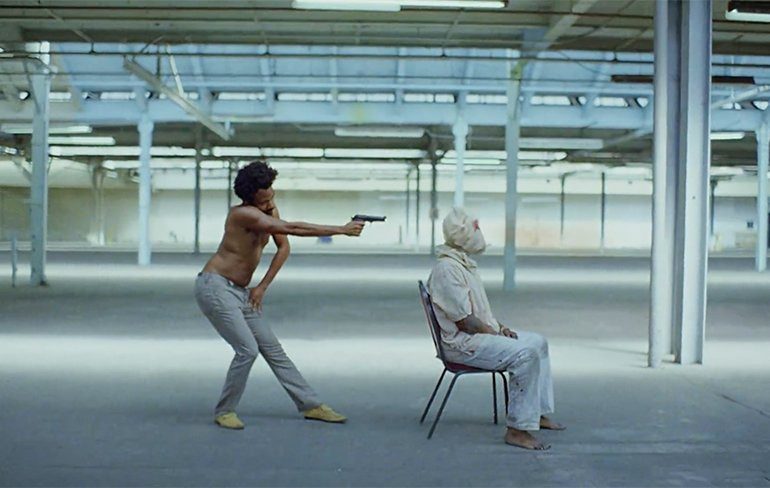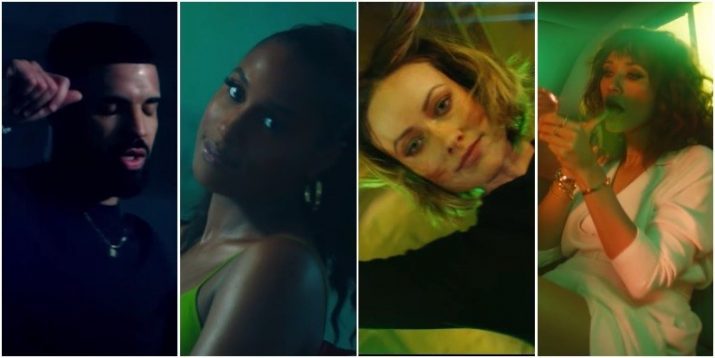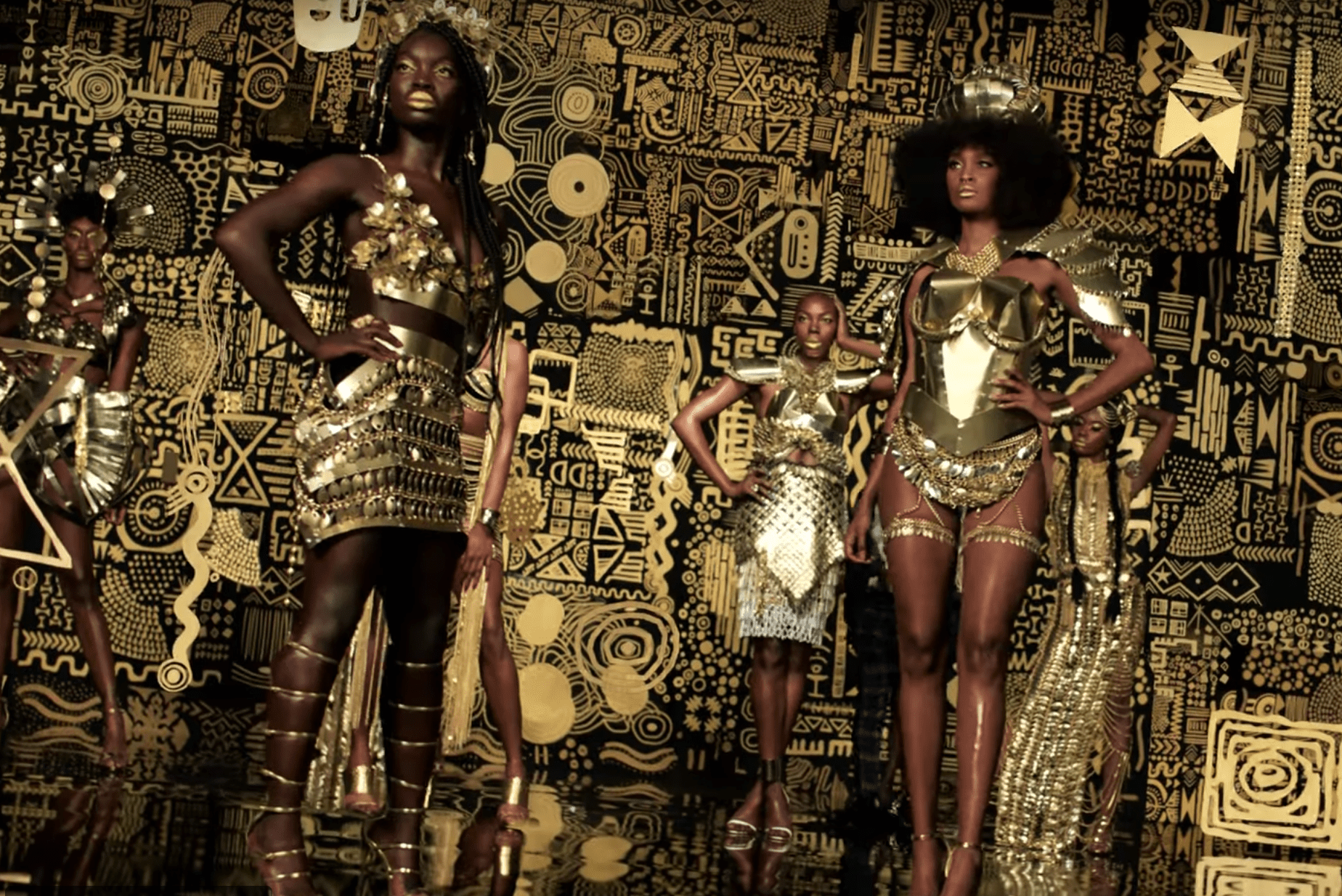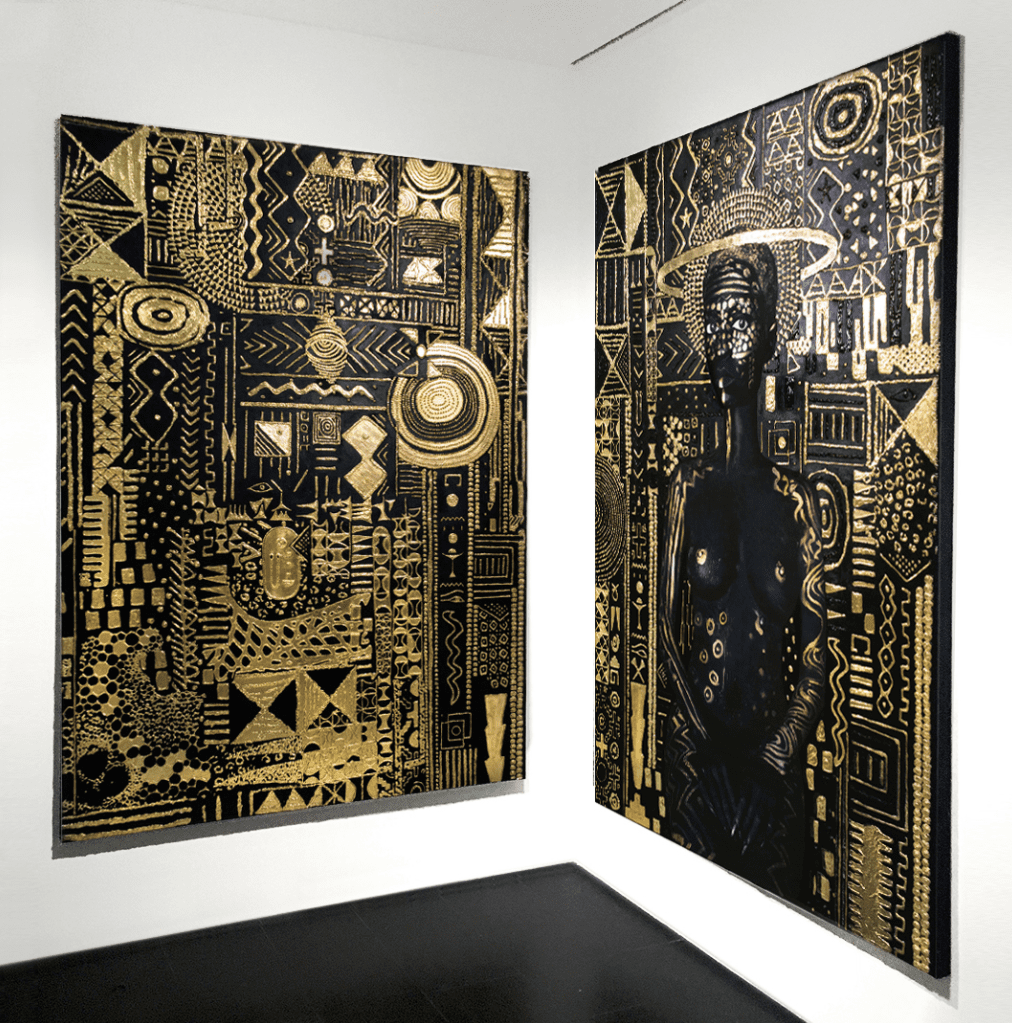AF 2018 IN REVIEW: The Year in Soundtracks
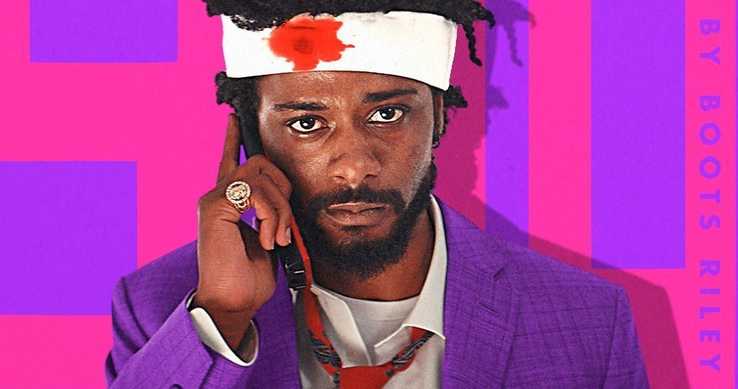
In California’s Bay Area, where I grew up, a single adult movie ticket costs $13.25. In Columbus Ohio, where I currently live, a single adult movie ticket (with my student discount) costs $3. On Tuesdays, popcorn is free. The independent theater I frequent is walking distance from my house. So, since moving to Ohio for graduate school, I’ve been watching a lot more movies.
We all know that the making of movies is political, and that who and what we see on screen is political too. But lately I’ve been thinking about what I’ve taken away from the movies I’ve seen this year, and especially, what I’ve continued to hold on to; the things I hold tell me what I’ve learned and am learning. In 2018, it turns out, what stuck with me was not characters, or dialogue, or scene, but soundtracks.
The music of movies gets lost sometimes, glazed over by the Oscars, and ignored by the Grammy’s, but this year it seems that so many movies hinged on their music. A Star is Born, Bohemian Rhapsody, Black Panther–movies which held songwriters, songs, and soundtracks close to their core thrived. This blossoming is something that I held on to through the year, turning the possibilities of my favorite soundtracks until they resembled something worth folding into myself, and keeping to grow. The year was long, and, at least in Columbus, cold as hell, but it was also frequently punctuated by joy and by learning.
JANUARY: CALL ME BY YOUR NAME
It is newly 2019 and people are calling to BURN THE TRASH FIRE THAT WAS 2018. Last year, people called for burning 2017 too. Which will burn hotter? I’m not sure. Recently, my old selves have come to roost in me again, and I’ve decided to lean in to the cyclical nature of being alive, at least for a while. It feels right to be listening to knowledge already had, instead of always forging ahead, alone. Call Me by Your Name, which came out early last year, counted, I think, on the return of nostalgia which often comes during a period of great political upheaval. Whom is the nostalgia for? In the case of Call Me by Your Name, the question didn’t matter to its makers–the film’s drenched colors, quiet tension, and warm, bare scenes of ’80s Italy were familiar because they are canonized markers of familiarity; we recognize sweet sadness in these things the way that, when man runs towards woman in a movie, our hearts soar as they recognize a coming kiss. So when I went from watching Call Me by Your Name into the bright rest of the year, my ears rung with the movie’s recall of dancing, heavy with concealed emotion, and, more specifically with “Love My Way” by the Psychedelic Furs.
“Love My Way,” one of many ’80s throwbacks and inspired tracks on the Call Me by Your Name soundtrack, led me to the music I played on repeat for the rest of the year. I’m back on my ’80s alt bullshit, I told people in January, and February, and March, and any other time someone asked me what I was listening to this year. The siren’s call of ’80s nostalgia could be seen, as many critics of Call Me by Your Name saw it, as an escape from the barrage of evils done by the United States’ government, but I’m holding on to it as a turn towards strength. The ’80s, too, was a violent and volatile time–as every period in the white supremacist colonial project of the U.S. is. ’80s queerness rarely looked like sun-soaked Italian summers; more frequently, it looked like makeshift hospitals to care for those made victim to President Reagan’s policies regarding the AIDS epidemic, like the continued care provided to young trans youth by Marsha P. Johnson and Sylvia Rivera at S.T.A.R. house, and like the creation of ACT-UP, which Johnson later joined.
This is not to say that the soundtrack to Call Me by Your Name is inherently radical–it isn’t. But in the saccharine return to early-synths and dancing melodies holds a call I think we can’t ignore: towards learning from those who came before us.
JULY: SORRY TO BOTHER YOU
After flying back to California in early July, I saw Sorry to Bother You on a date at the Roxie Theater in San Francisco, only a few miles away from where the film was shot in Oakland, California. The Roxie is one of several small, independent theaters in SF still housed in its original Victorian walls, beautiful and scary; the building itself one of the remnant, haunted teeth of earlier settler-colonial narratives, narratives which resonate around the present-day Roxie in the sounds of construction and drunken slurs spit on the sidewalk. Sorry to Bother You is a film about this legacy of displacement and more; the film exposes the absurd violence of capitalism and its terrifying intersection with racism. It’s also a film about Oakland–Boots Riley, the film’s director, has been leading East Bay band The Coup for years, and collaborated with another Bay Area musician, Tuneyards, for Sorry to Bother You’s score.
Sorry to Bother You was a long time coming by the time it debuted last year–the name of the movie can be traced back to a 2012 album by Riley’s band. And so, when the film started playing in the Bay last summer, it felt celebratory–friends told me about friends who were in the movie, or about places they knew that scenes had been filmed. Celebratory might not be an adjective initially ascribed to anti-capitalist art like Sorry to Bother You, but I think that joy in life and collaboration is integral to believe in liberation. The Coup’s music, as well as Sorry to Bother You’s animated humor, embraces that. Riley has said that, for the final soundtrack, he wanted The Coup’s songs to sound like they fit within the social landscape of the movie–to sound as though they really would be blasted in the car late at night, or played at a party. This vibrancy is at the core of what is, in my opinion, most successful about Sorry to Bother You: the movie, and its music, are urgent but not unreal, calls to action rooted in depictions of relationships which are built day by day.
OCTOBER: HALLOWEEN
John Carpenter created an entirely new score 2018’s Halloween, marking the first time he’s worked directly on the series since 1982. The result is, imho, a banger. The 2018 soundtrack takes copious references from the original score, but the production is sleeker, more taut–it sounds like, as synths have developed in the forty years since Halloween’s original debut, Carpenter was able to collect the tools he needed to settle the score into his vision. So even as the music creaks and skitters, its theme, which keeps the same gripping 5/4 refrain, is fizzy enough to be danced to. Halloween invented dark wave! my friends and I joked after watching the movie–sliding into our car from the theater, immediately turning on the score and blasting it.
I listened to the Halloween theme so many times this year that it showed up on my Spotify “most played” list in December–and, honestly, I’m not even embarrassed. I like the campy tropes of Halloween; in them I find a dark refuge from the cutting edge of the world outside theater curtains. While many took the return of Halloween this year to be a timely reference to the horrors of sexual assault, mirroring the #metoo movement, I’m not convinced that the series has evolved much beyond the gore and suspense it sprang from initially–and that’s what draws me in. Giddy in the theater, I took pleasure in bouncing along to the thrum of the movie’s theme, while I watched Michael Myers advance upon the world of the film. It was fun to see Laurie Strode build up a fortress of revenge, and fun to see her get it.
But most of all, it is fun to take my own revenge on the violence of the world–from Michael Myers to my own assaulter–by dancing on the beat of their soundtrack to giddy murder. It is fun to steal Halloween from the killing sprees of men, and bring it into parties I throw with my friends, into rides in my roommate’s car, and into the circles of care I strive to weave around me.
––
The circularity of movies is oft-discussed; the re-makes, serialized action films, and adaptations which cram our theaters critiqued for being built solely for profit. But there is something to be said about going back to go forward. The myth of independence encourages us all to forge ahead without considering the work that has been done before, but doing so, I’ve found, just leaves each of us more vulnerable than we would be when armed with collective knowledge. Movie soundtracks, I’d argue, are deliciously interdependent: strung between narrative, image, symbol, and the popular imagination. In 2018, I tangled myself in soundtracks when I was feeling most alone; when I needed a nudge to re-invest in the lives of those around me. Perhaps this pattern of music-driven blockbusters will end in 2019 (though I suspect that’s not the case). I will still gather the elaborate reminder of continuity and context which soundtracks give me.

